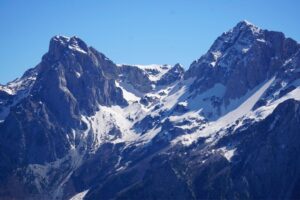
How to hike from Valbona to Theth
Albania | Our guide to hiking from Valbona to Theth; two beautiful traditional villages lying deep in the Albanian Alps
The Colombian landscape continues to amaze me at every twist and turn; no surprise really given that it’s the second most biologically diverse country on Earth. Home to 10% of the planet’s species, I’ve had the pleasure of sampling it’s beautiful Caribbean beaches, lush green jungles and vast mountainous regions. Yet it was the next in the nations series of intriguing micro-climates that was a particular source of fascination – the Tatacoa Desert. So much so, that I spent two days travelling circa 10 hours on the bus there and back from Popayán just for the opportunity to visit.
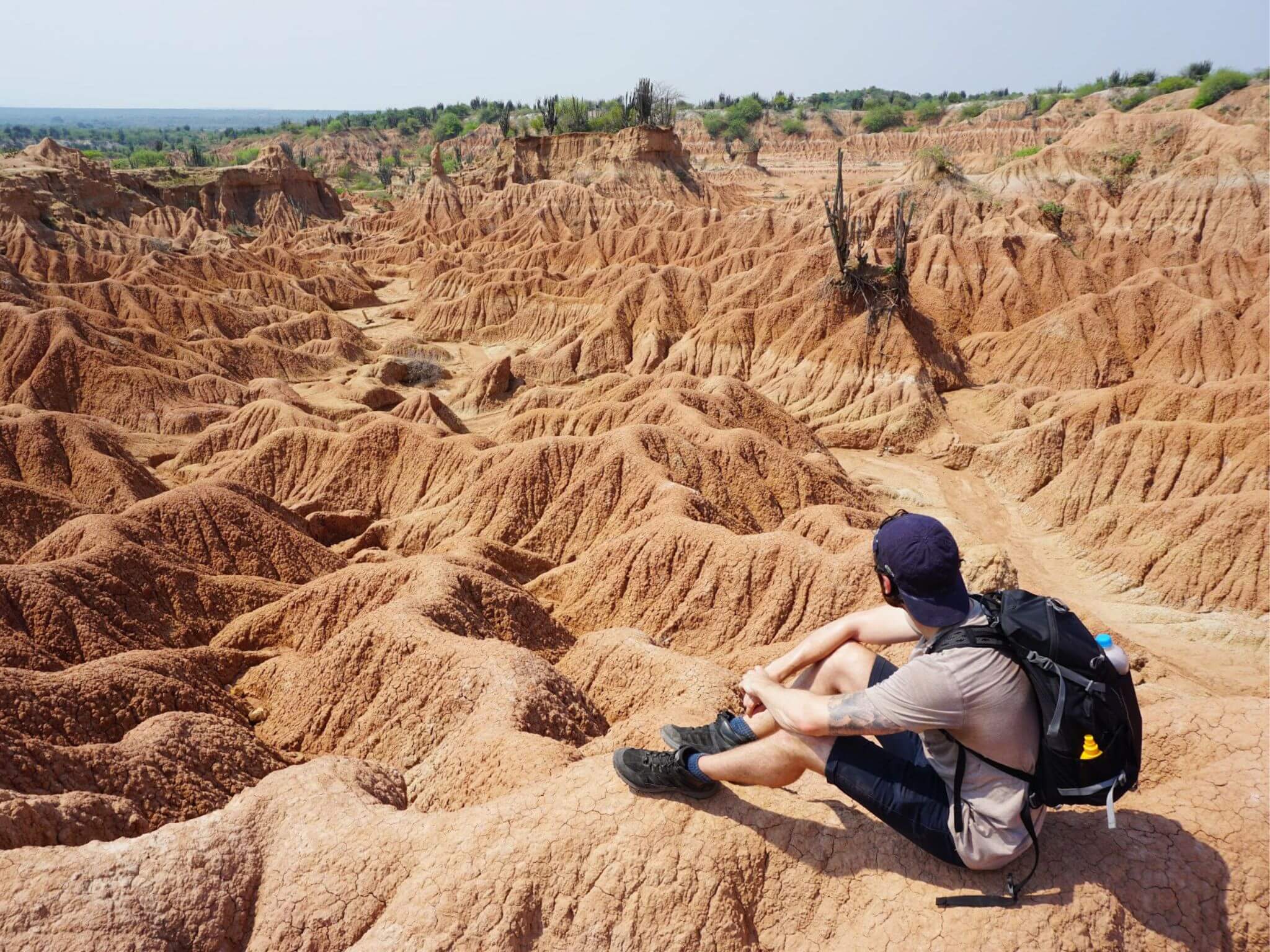
I travelled from Popayán to Neiva with a bus ticket priced at 57,000 COP. Cootranshuila operate buses from Popayán departing at 09:30am and 12:30pm respectively. The journey takes around 8-9 hours and stops in Inza and La Plata en-route. Once you reach Neiva, you then need to catch a connection to Villavieja, a village known as the gateway to the Tatacoa Desert.
Once you arrive into Neiva bus station, walk into the terminal to the left where you can find white Colectivo vans parked up through the exit. You can purchase a Colectivo ticket at one of the booths here for 8,000 COP. Typically, the journey should take approximately 45-50 minutes, however unfortunately I arrived right in the middle of rush hour traffic, plus my driver decided to do some deliveries on the way which cost us more time. It actually took 90 minutes in the end. The Colectivo will drop you off in the centre of Villavieja.
I originally wanted to travel to Tatacoa from Cali, but my research indicated I needed to travel from Popayán to get a direct bus. It’s also easy to get to from Bogotá (5-6 hours) and my friends met me there from Salento. They caught a bus to Armenia and then on to Neiva, taking roughly the same amount of time as it took myself from Popayán. Whilst it’s a very long journey, stick with it, it’s worth it!
I stayed at HV Sueño Real Tatacoa; a great hotel well-located just outside of the village but directly en-route to the Tatacoa Desert. It was approximately 10 minutes walk from the centre of Villavieja. For a three bed room, it cost 360,000 COP for two nights. Split between us, it worked out at 60,000 COP a night each (£12.29).
There’s something about getting up early and out into the world, experiencing the environment in golden hour as the sun bathes the landscape in soft light. My jungle adventures in Minca had proved this, but how effective would this be in a contrasting desert landscape? Hailing a Tuk-Tuk via our hotel, we set off just after 07:30am on our way to Tatacoa. Chugging its way en-route, it was a great experience sitting in the back with the fresh air rushing past as we surveyed the landscape. You’d scarcely believe that there’s an arid desert nearby as you look out on to miles of farmland populated by cows and goats. The flat, fertile plains slowly faded into a dry, crinkled landscape hinting at what was to come. Looping our way over the hill and down into the valley, a sign for Tatacoa appeared on the right-hand side followed by the first view. It’s no exaggeration to say it’s a “wow” moment. The land has folded into creases in various shades of red and orange, interspersed with dashes of green vegetation that made me wonder how life can be sustained in such a harsh environment.
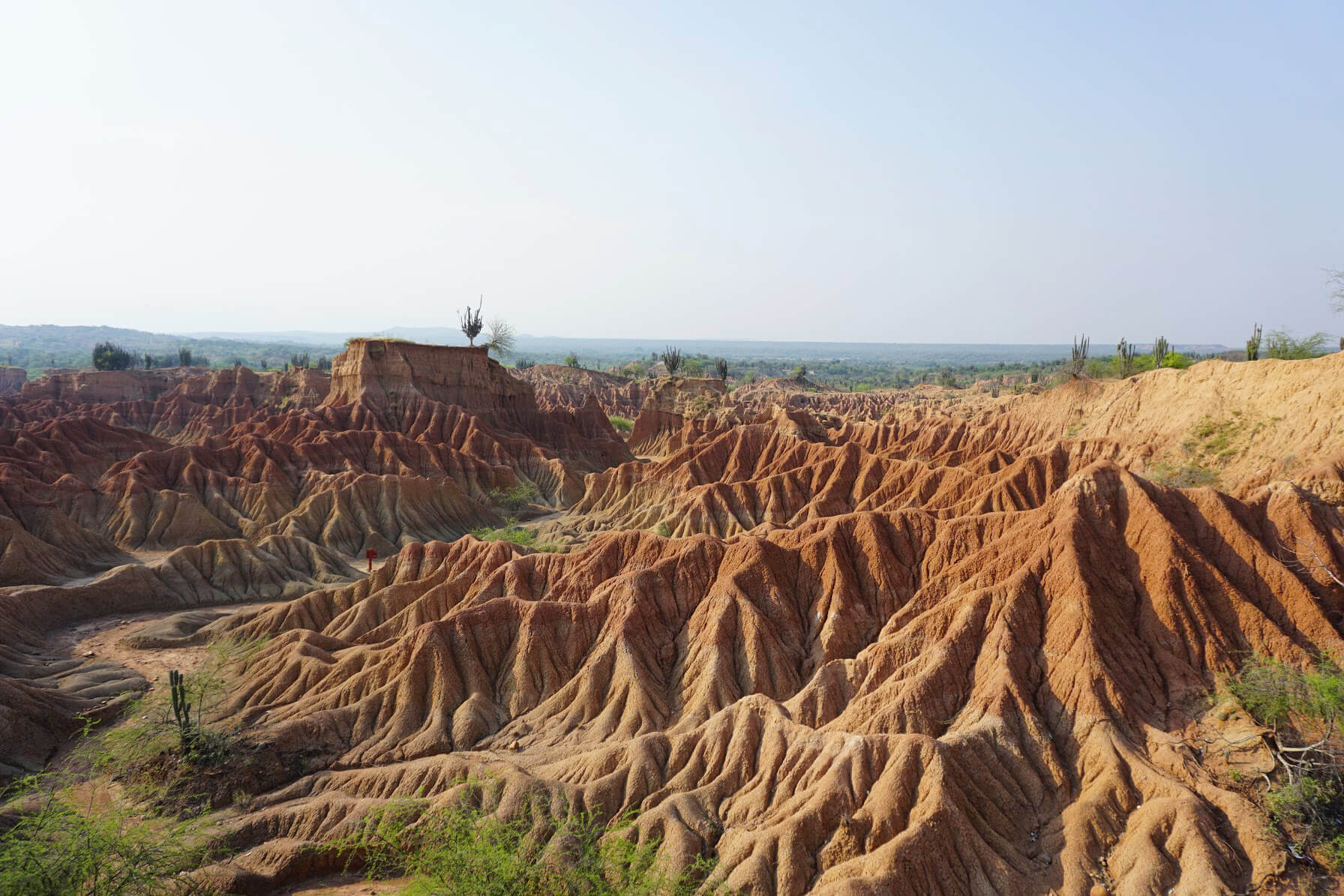
The Tuk-Tuk was 20,000 COP and dropped us off at Hostal Laberintos del Cuzco at the entrance to the desert. Whilst location-wise it’s obviously perfect, I’m not sure I’d want to be that far out of Villavieja. You can’t exactly pop into town for some supplies or a change of scenery without shelling out the best part of 40,000 COP for a return journey. Tatacoa consists of two deserts – a red one and a grey one. This location is the red one, with the grey one a further 9km on down the road.
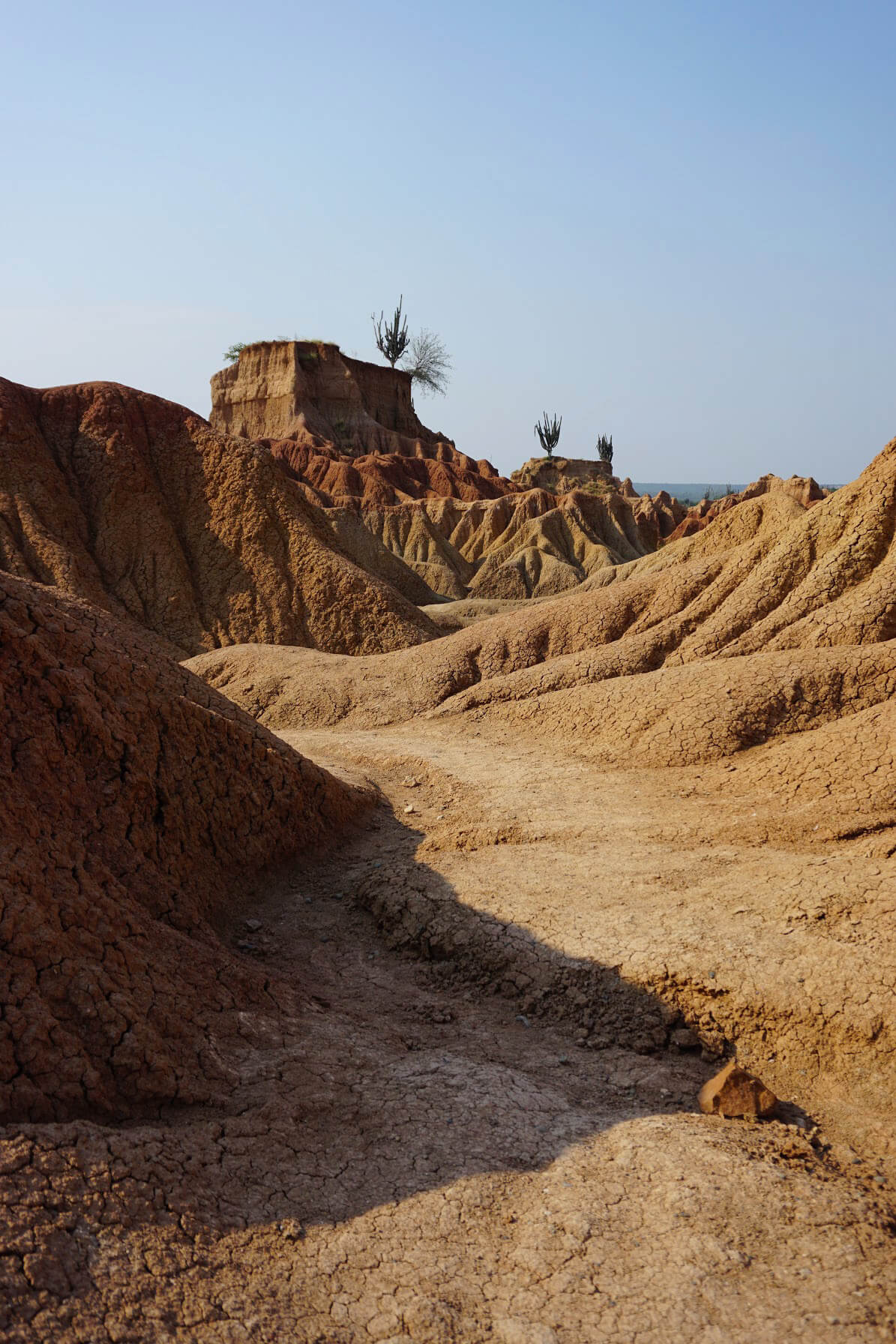
The first views overlooking the desert are outstanding. It’s hard to believe a location like this exists anywhere on earth; it’s a landscape you’d imagine more akin to Planet Mars. Mounds of rock protrude from the valley floor, as if violently thrown skyward by geological forces, colouring the landscape red, brown and beige. It was only 08:00am and you could already feel the humidity in the air; this location would be ruthless if you were stranded in the mid-day sun without water or shelter.
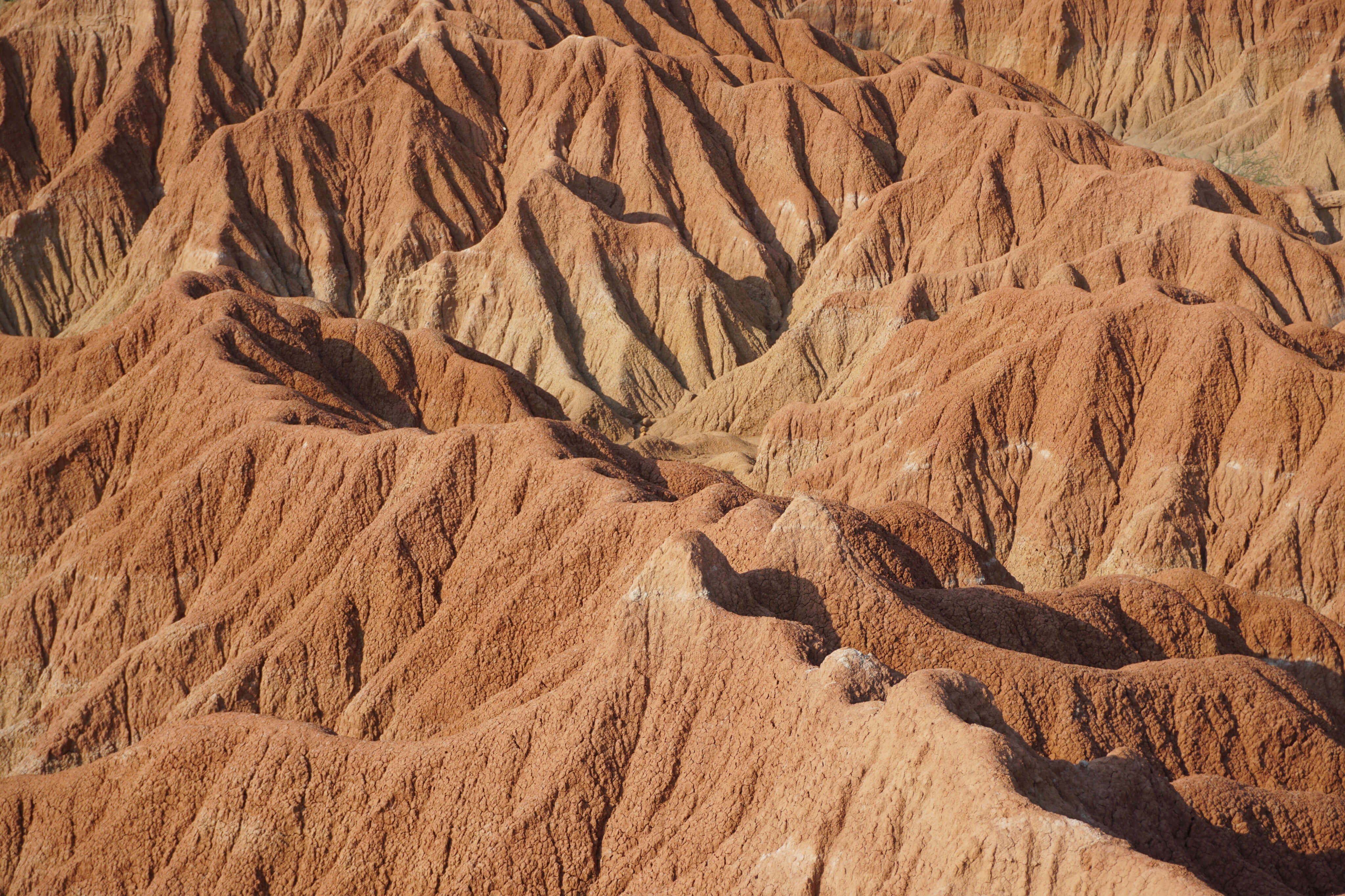
After taking plenty of photos from above, we descended down onto the floor. It’s only at this point that you realise how large these mounds are, proudly standing taller than your average human being. They surround you as you walk in awe through the paths between them, revelling in how truly unique this location is. However, don’t be kidded into thinking this is a landscape devoid of life. Technically, Tatacoa doesn’t qualify as a proper desert and is instead deemed as a “dry tropical forest”. I was often struck by the sound of birdsong throughout my walk around the site, seeing numerous birds flit between the trees scattered in and among the rock. I understand the name of the site was a reference by the Spanish to rattlesnakes, but unfortunately we didn’t see any of our slithering friends basking in the sun.
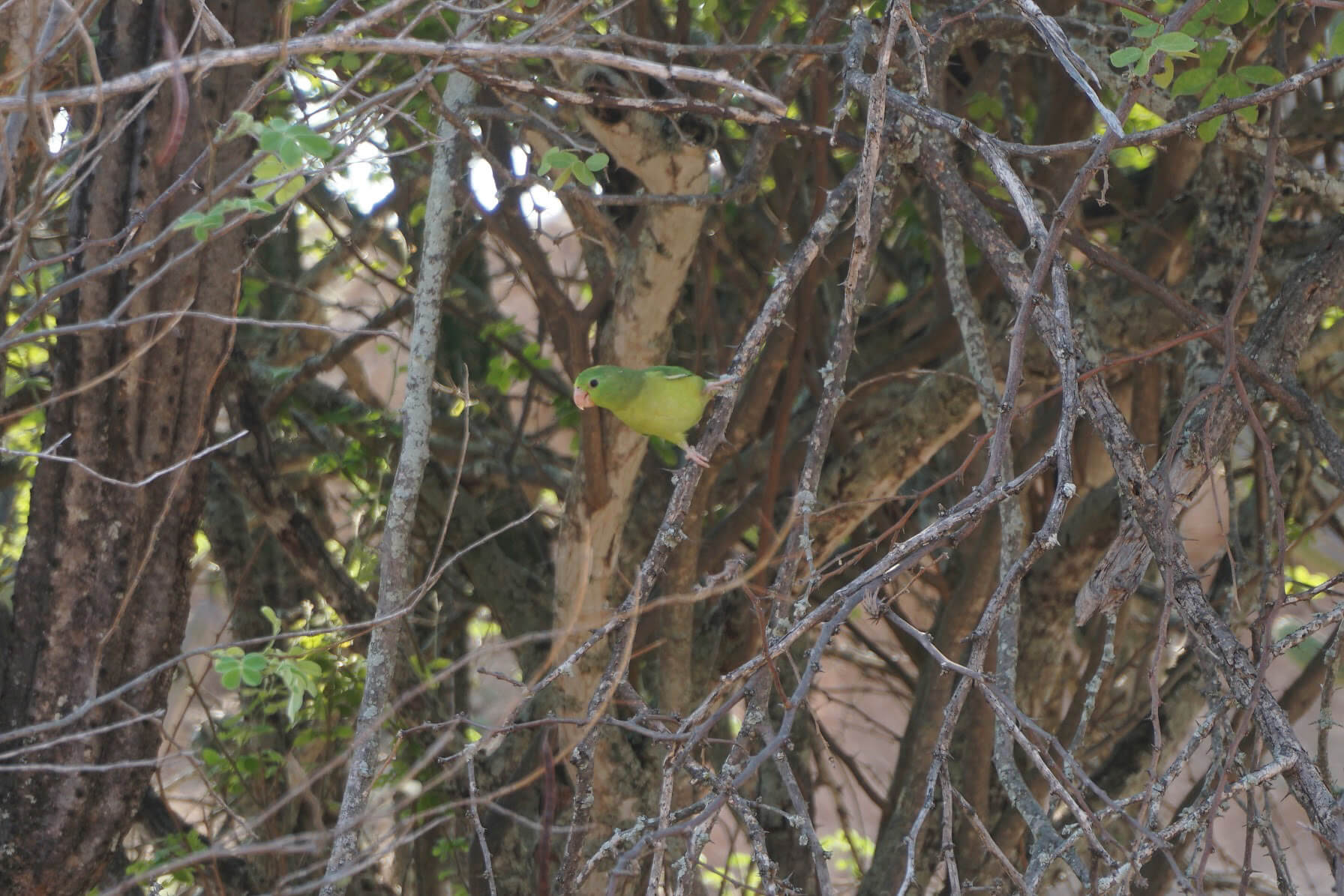
You can easily hike your way around the red desert within 60-90 minutes, following the trail indicated by wooden poles with yellow spots. As it goes, we took two hours due to the sheer amount of photos we were taking, but such is the beauty of the area that I’d challenge anyone to keep their camera in their bag. As the temperature ramped up to 37 degrees, we finished the walk at 10:00am and made our way back to the hotel. There were no Tuk-Tuks about but we negotiated with an employee at Hostal Laberintos del Cuzco to take us into town for 20,000 COP. As it goes, the three of us crammed in to his car with his wife and son which was amusing but he dropped us in the village square with no problems.
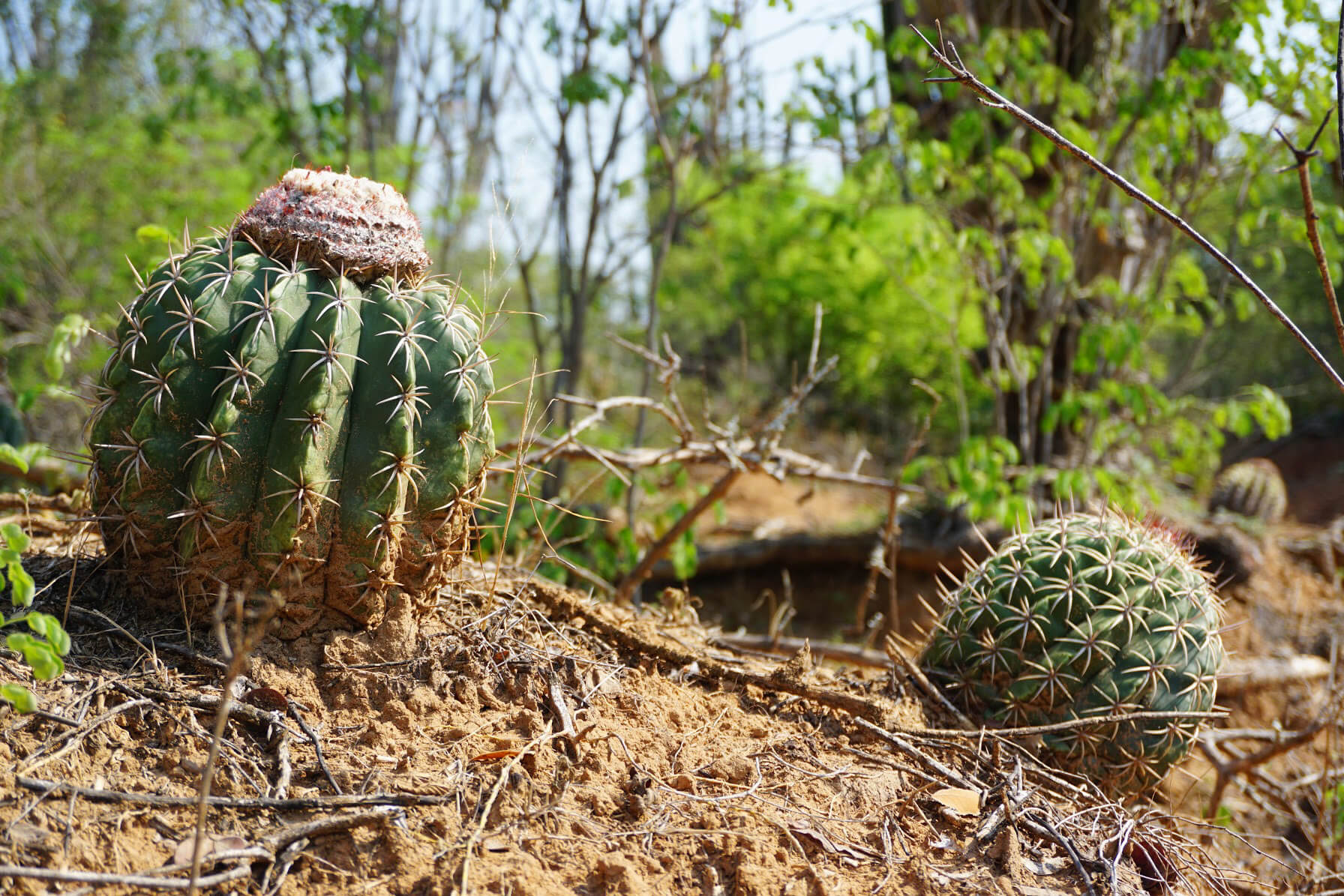
Due to the intensity of the heat and humidity present in Tatacoa, I’d highly recommend visiting the desert early in the morning. Not only are the conditions much more bearable, but at that time we pretty much had the whole place to ourselves. I’m not entirely sure how popular or even well-known it is on the backpacking circuit within Colombia; I didn’t see many travellers there and haven’t met many who have been since. There’s no doubt in my mind that it thoroughly deserves a spot on anybody’s Colombia itinerary; the fact that I deemed two days of bus travel as worth it is testament to its quality!
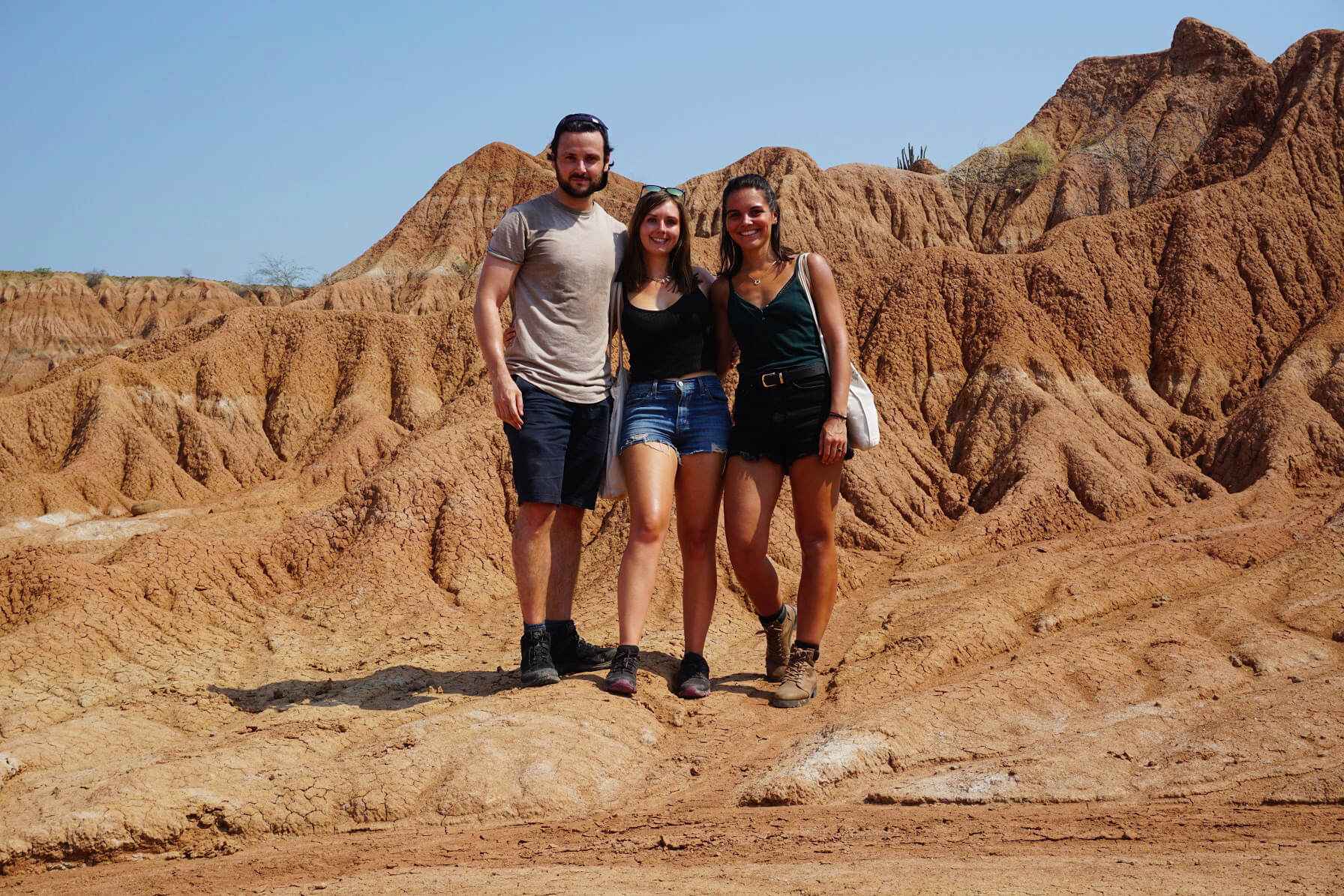
Take a desert in the middle of nowhere with little light pollution. Add darkness and favourable weather conditions. What do you get? Stunning views of the stars. It’s not just the desert in daylight hours that makes Tatacoa an attraction; the nocturnal activity at the Observatory is also well worth a visit. That evening, we made our way back to exactly the same location for an evening in space. With the session taking place between 19:00pm and 20:45pm, we arrived for the dying embers of sunset and arranged for our Tuk-Tuk driver to pick us up after the session at 21:00pm.
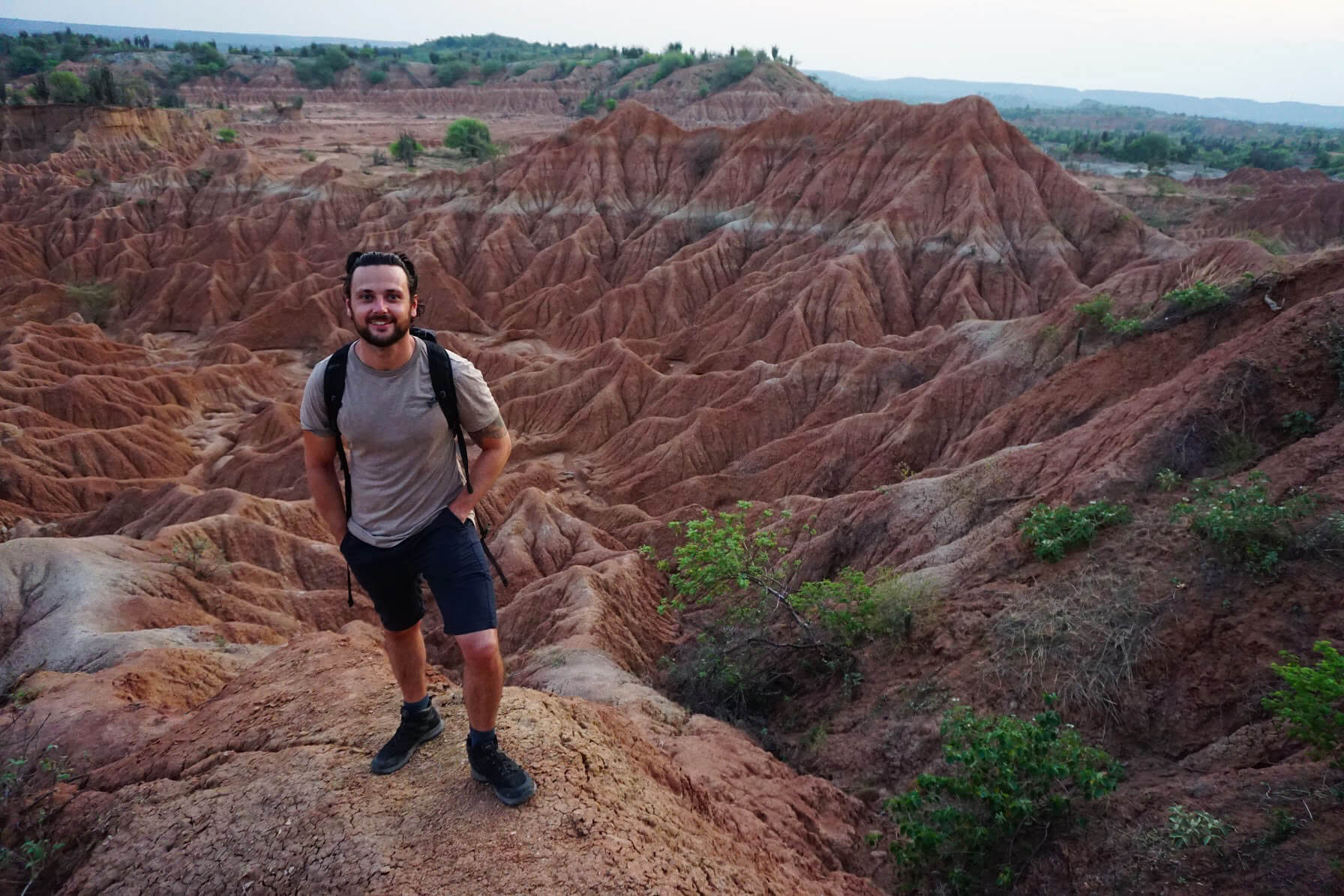
Ticket price: 12,500 COP
Tour times: 19:00 pm, 21:00pm and 23:00pm (lasting one hour, 45 minutes)
The Observatory Space Tour takes place on a rooftop terrace populated by rows of chairs and a huge telescope. The guide gave an incredibly informative talk in both English and Spanish, showing us a number of stars, planets and the moon in great detail via the telescope. The level of detail with which we could see the moon was beyond expectations; you could clearly define the huge craters across its surface formed as a result of impact from hundreds of asteroids over time. We also viewed Venus, shining bright in the night sky, and on occasion spotted shooting stars and satellites in orbit. It really was a fantastic experience.
It wasn’t just standard stuff that everybody is familiar with such as the moon; we also observed Betelgeuse, a red supergiant star visible to the naked eye, the Orion Nebula and the Sirius star. Whilst weather conditions were very good with no clouds in the sky, we were unfortunately unable to maximise this as the moon was rather full, shining brightly and impacting the amount of stars we could see. We could still see plenty under those conditions, but if you can time your visit for when the moon is in it’s early stages, I can only imagine the experience would be even more surreal.
Part of Colombia’s magic is in its diversity of landscapes, wildlife and climates. You’ll have likely visited the golden beaches of the Caribbean coast. I’ll wager you’ll have visited it’s deep green jungles and vast mountain ranges. Complete the set with a visit to the Tatacoa Desert. It really is out of this world.
Share this article with friends on social media…

Albania | Our guide to hiking from Valbona to Theth; two beautiful traditional villages lying deep in the Albanian Alps
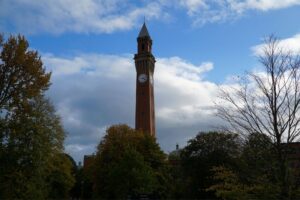
United Kingdom | The complete guide to the Birmingham Tolkien Trail; the original Lord of the Rings tour. Discover what inspired J.R.R Tolkien’s fantasy epic!

Depth of Mind is a travel blog providing honest, trustworthy advice to help aspiring travellers achieve an authentic travel experience.
All rights reserved – photography cannot be used without the express permission of the author.
© Depth of Mind 2019-2023
SIGN UP FOR THE NEWSLETTER
